Pink Hydrangea Varieties That Will Make Your Garden Bloom
Pink Hydrangea Varieties That Will Make Your Garden Bloom
Hydrangeas are one of the most popular flowering shrubs in the world, and for good reason. They come in a wide variety of colors, shapes, and sizes, and they can add a touch of elegance and beauty to any garden. If you're looking for a pink hydrangea to add to your own garden, here are a few of the most popular varieties to consider:
- Hydrangea arborescens 'Incrediball Blush' is a large, bushy shrub that produces huge, pink blooms. It's hardy in zones 3-9 and prefers full sun to partial shade.
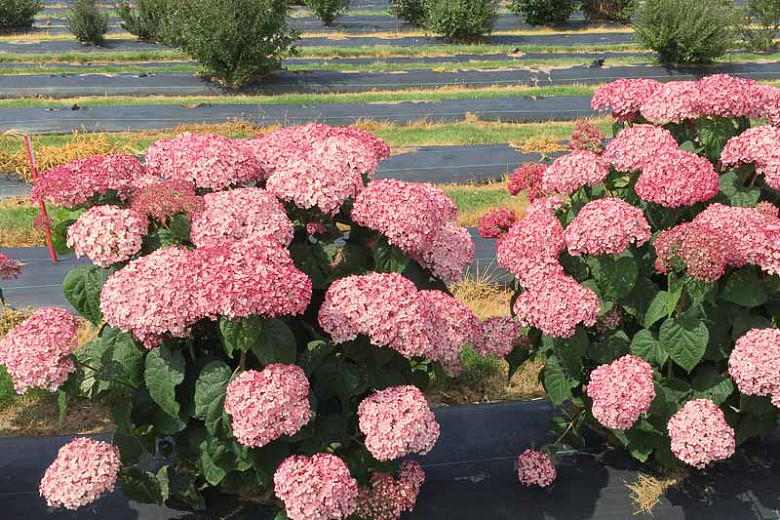
- Hydrangea macrophylla 'Pink Annabelle' is another popular choice for pink hydrangeas. It's a smaller shrub that produces large, round, pink blooms. It's hardy in zones 5-9 and prefers partial shade.
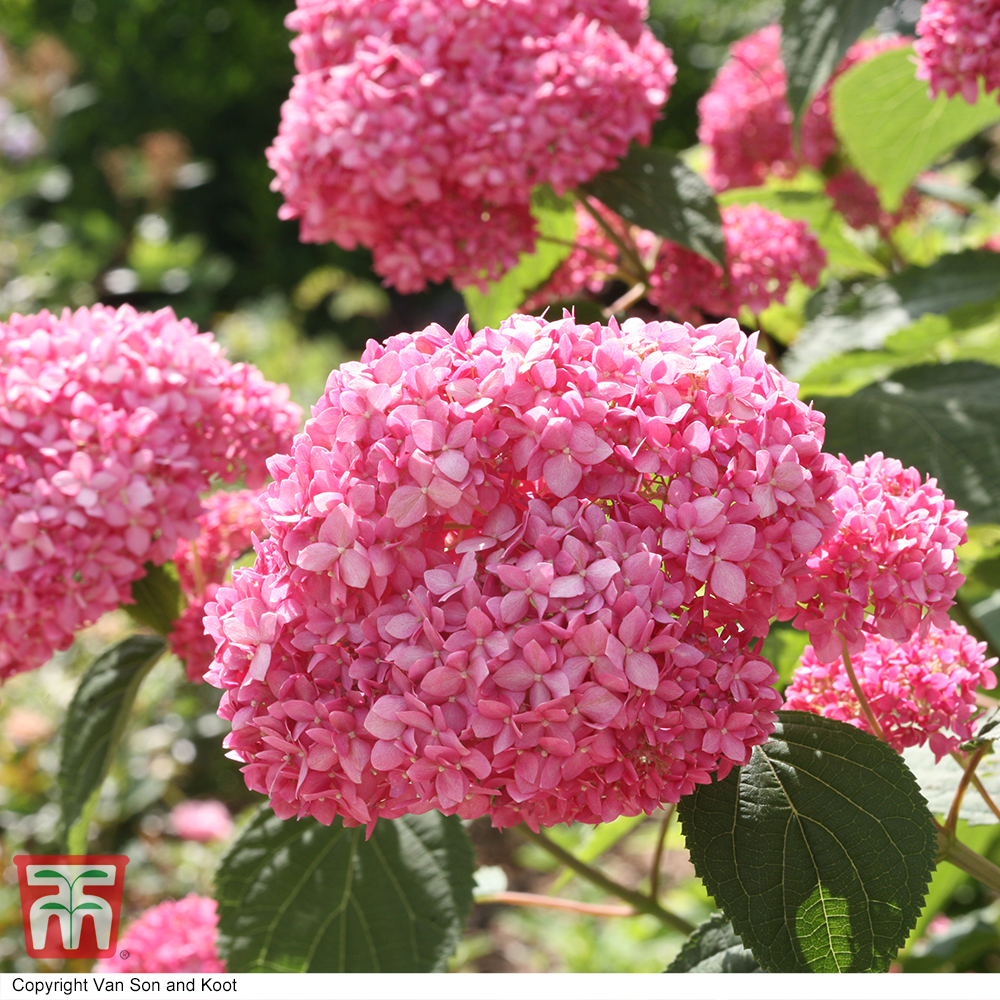
- Hydrangea paniculata 'Pinky Winky' is a tall, upright shrub that produces large, cone-shaped blooms that start out pink and then fade to white. It's hardy in zones 3-8 and prefers full sun to partial shade.
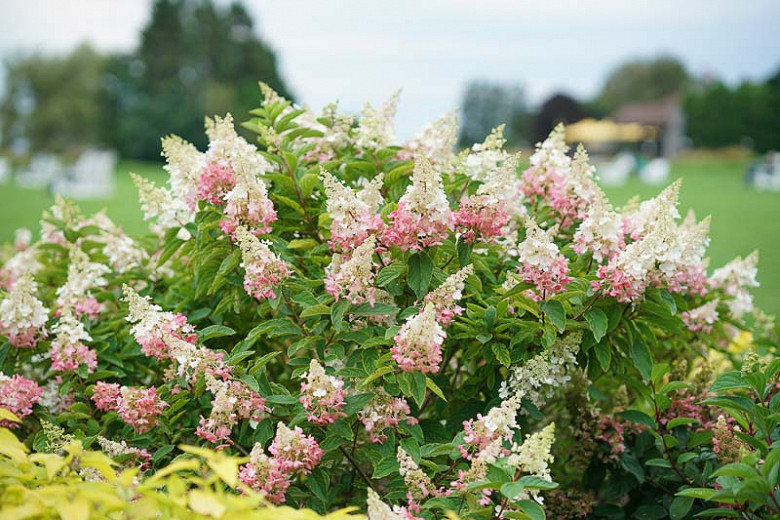
- Hydrangea serrata 'Preziosa' is a small, spreading shrub that produces small, pink blooms. It's hardy in zones 4-9 and prefers partial shade.
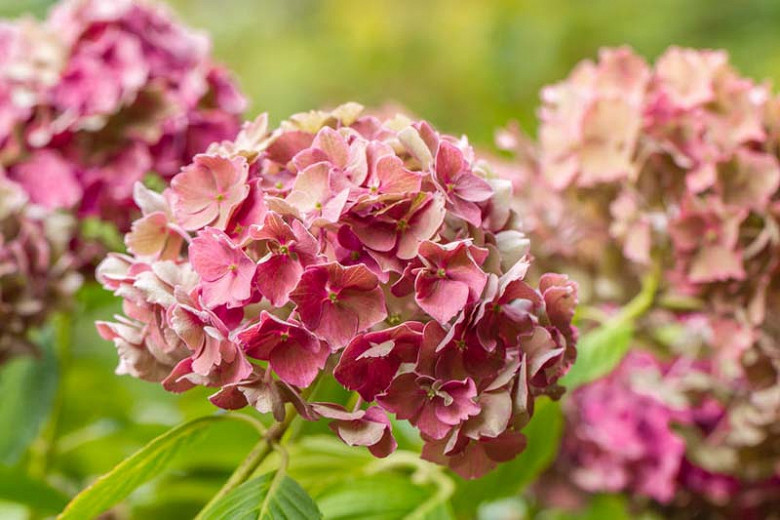
- Hydrangea quercifolia 'Gatsby Pink' is a large, oak-leaved hydrangea that produces large, pink blooms. It's hardy in zones 5-9 and prefers full sun to partial shade.
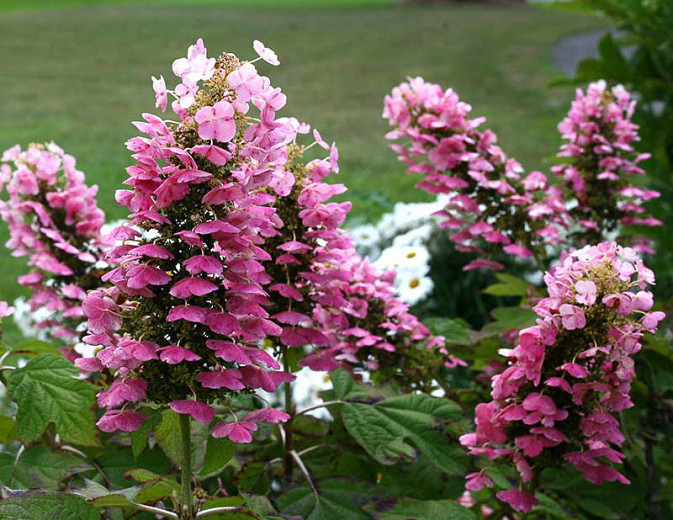
These are just a few of the many pink hydrangea varieties available. When choosing a hydrangea, it's important to consider the size of the shrub, the amount of sun and shade it needs, and the hardiness zone in which you live. You should also consider the color of the blooms. Some pink hydrangeas, such as 'Pink Annabelle', have a very light pink color, while others, such as 'Pinky Winky', have a deeper pink color.
Once you've chosen a pink hydrangea variety, you'll need to plant it in the right location. Hydrangeas need well-drained soil and full sun to partial shade. They should be watered regularly, especially during the first year after planting. You can also fertilize them once a year in the spring with a balanced fertilizer.
With proper care, your pink hydrangeas will bloom for many years to come. They're a beautiful addition to any garden and will add a touch of elegance and charm.
If you're looking for a beautiful and versatile flowering shrub to add to your garden, look no further than the pink hydrangea. With their large, showy blooms and graceful arching branches, pink hydrangeas can add a touch of elegance to any landscape.
There are many different varieties of pink hydrangeas to choose from, so you're sure to find one that's perfect for your needs. Some popular varieties include:
- Hydrangea macrophylla - These bigleaf hydrangeas are known for their large, round flower heads that can grow up to 12 inches in diameter. The color of the flowers can vary depending on the acidity of the soil, but they often bloom in shades of pink, blue, or purple.
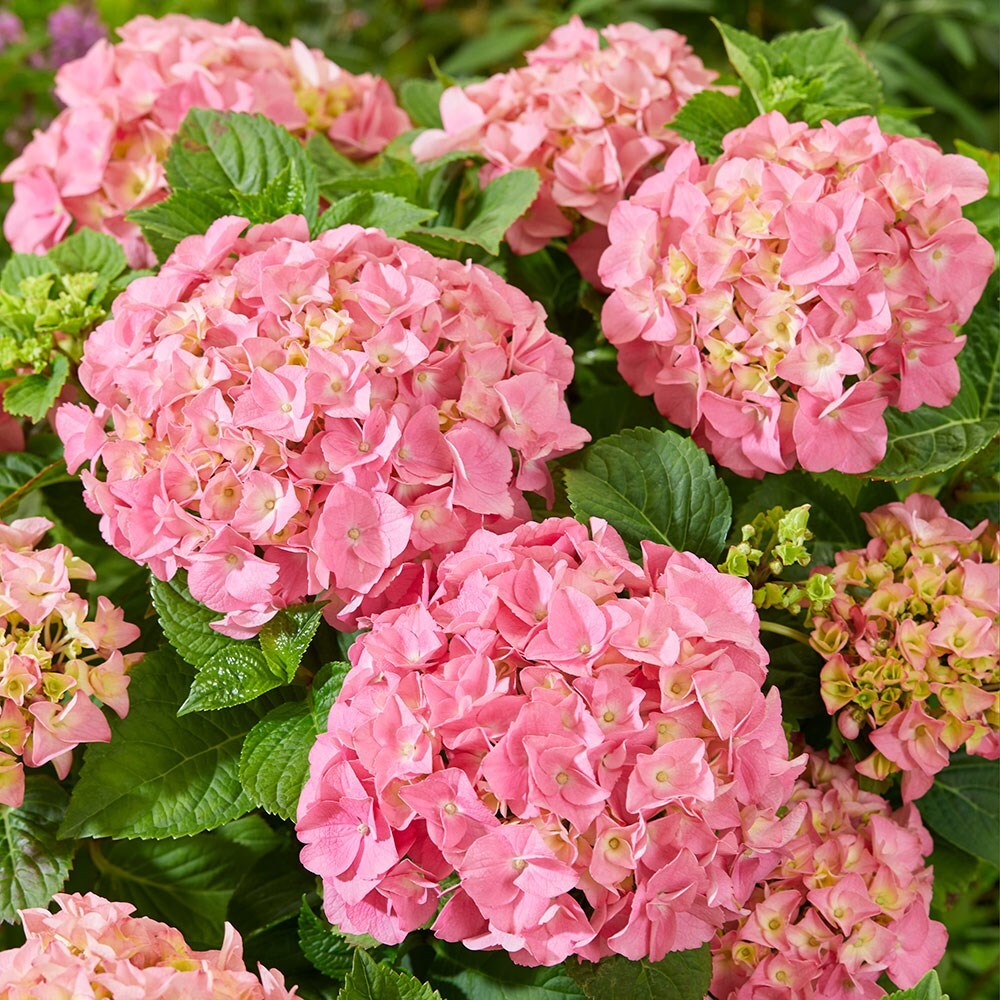
- Hydrangea arborescens - These smooth hydrangeas are a bit smaller than bigleaf hydrangeas, but they're just as beautiful. They produce large, flat-topped flower heads in shades of pink, white, or blue.
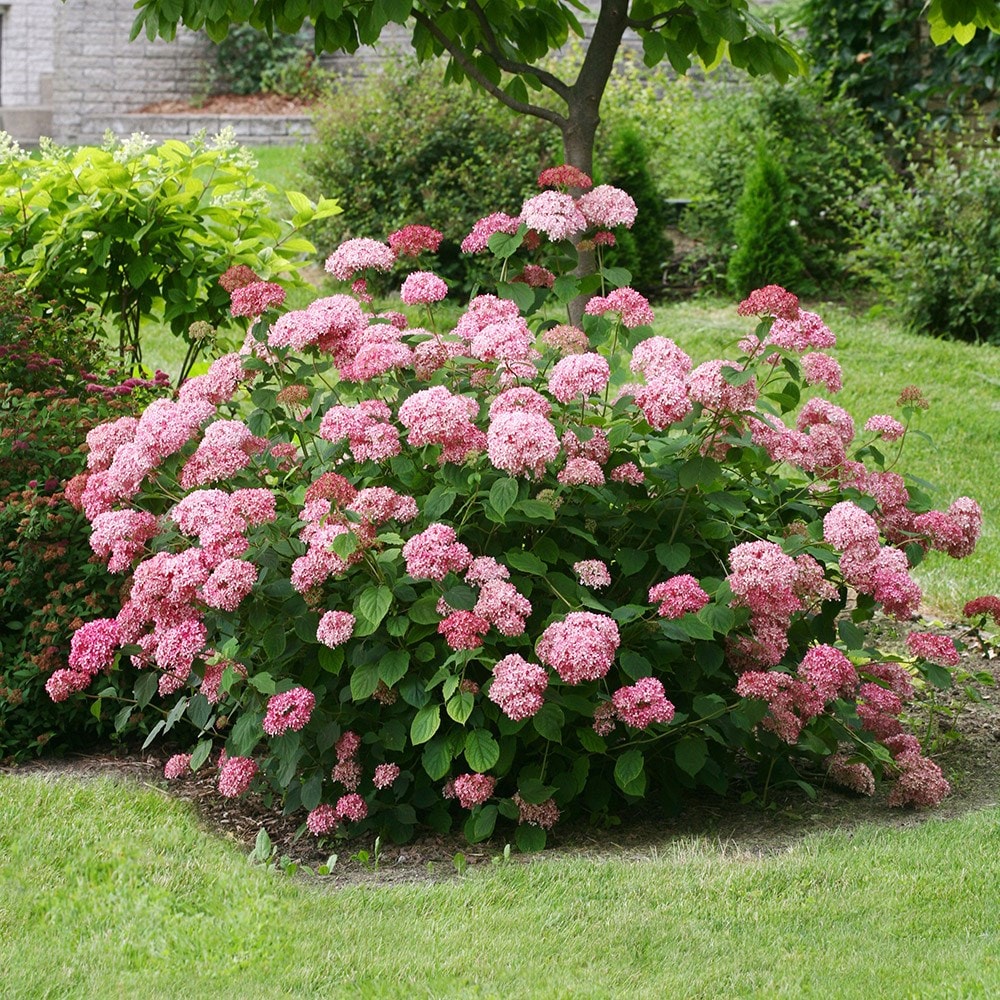
- Hydrangea paniculata - These panicle hydrangeas are known for their tall, airy flower spikes. The flowers can bloom in shades of white, pink, or blue, and they often have a sweet fragrance.
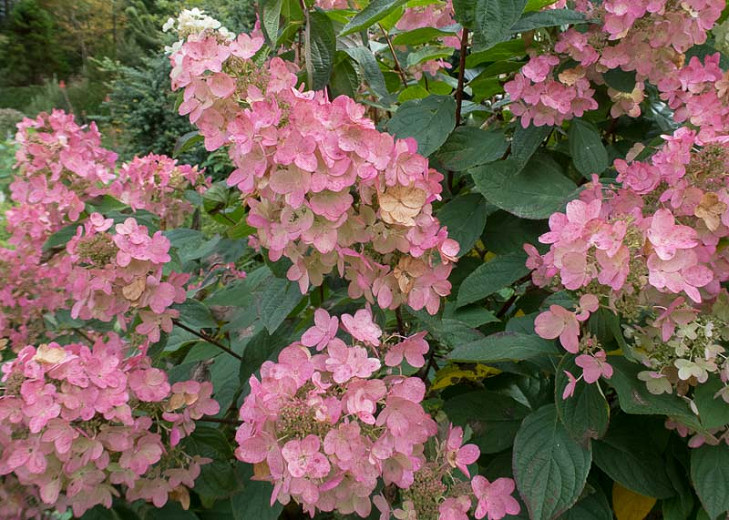
No matter what variety you choose, pink hydrangeas are relatively easy to care for. They prefer full sun to partial shade and moist, well-drained soil. To keep your hydrangeas blooming their best, fertilize them once a month during the growing season and prune them in late winter or early spring.
If you're interested in learning more about pink hydrangea varieties, I recommend visiting . This website has a wealth of information on hydrangeas, including care tips, planting instructions, and a variety of photos.
FAQ of pink hydrangea varieties
- What are the different types of pink hydrangea varieties?
There are many different types of pink hydrangea varieties, but some of the most popular include:
- Hydrangea macrophylla is a large shrub that can grow up to 6 feet tall. It produces large, mophead flowers that bloom in shades of pink, blue, or white.
- Hydrangea paniculata is a smaller shrub that grows up to 4 feet tall. It produces panicles, or clusters, of small flowers that bloom in shades of pink, white, or green.
- Hydrangea arborescens is a hardy shrub that can grow in Zones 3-9. It produces small, lacecap flowers that bloom in shades of pink, white, or blue.
- What factors affect the color of pink hydrangea flowers?
The color of pink hydrangea flowers is affected by a number of factors, including the pH of the soil, the amount of sunlight the plant receives, and the nutrients in the soil. In general, pink hydrangea flowers will be more pink in acidic soil and more blue in alkaline soil. The amount of sunlight the plant receives will also affect the color of the flowers, with more sunlight producing brighter flowers. Finally, the nutrients in the soil can also affect the color of the flowers, with a lack of nutrients producing paler flowers.
- How do I care for a pink hydrangea plant?
Pink hydrangea plants are relatively easy to care for. They need full sun or partial shade and well-drained soil. They should be watered regularly, especially during hot, dry weather. In the spring, you can fertilize them with a balanced fertilizer. To encourage the production of pink flowers, you can add aluminum sulfate to the soil.
- How do I propagate a pink hydrangea plant?
Pink hydrangea plants can be propagated by taking cuttings in the spring or fall. To take a cutting, cut a healthy stem from the plant and remove the lower leaves. Dip the cutting in rooting hormone and plant it in a pot of well-draining soil. Keep the soil moist and the cutting in a warm, shady location. In a few weeks, the cutting should root and you can transplant it to the garden.
- What are some common pests and diseases that affect pink hydrangea plants?
Pink hydrangea plants are susceptible to a number of pests and diseases, including aphids, scale, powdery mildew, and leaf spot. Aphids and scale can be controlled with insecticidal soap or neem oil. Powdery mildew can be controlled with a fungicide. Leaf spot can be prevented by watering the plant at the base and avoiding overhead watering.
Image of pink hydrangea varieties
- Pink Annabelle Hydrangea: This variety is known for its large, round flower heads that bloom in shades of pink. It is a hardy plant that can tolerate full sun or partial shade.

- Pink PeeGee Hydrangea: This variety is known for its long, cascading flower clusters that bloom in shades of pink. It is a relatively fast-growing plant that can reach up to 15 feet tall.
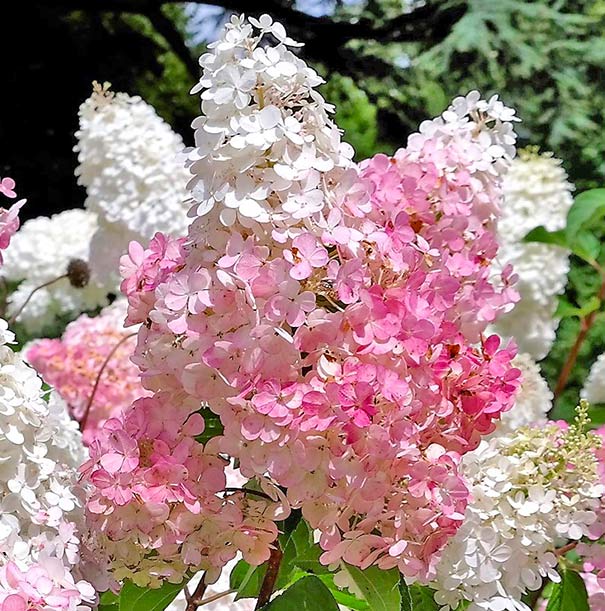
- Pink Diamond Hydrangea: This variety is known for its bright pink flowers that bloom in the summer. It is a compact plant that only grows to be about 3 feet tall.

- Pink Twister Hydrangea: This variety is known for its twisted flower clusters that bloom in shades of pink. It is a relatively fast-growing plant that can reach up to 6 feet tall.
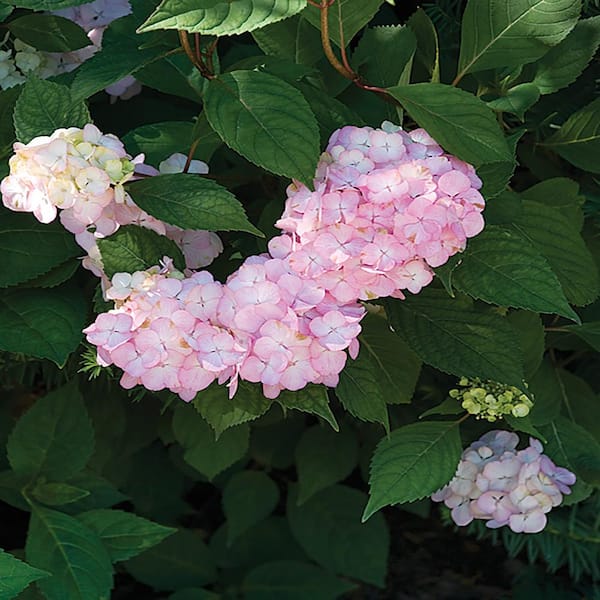
- Pink Shibori Hydrangea: This variety is known for its unique, mottled pink flowers that bloom in the summer. It is a relatively slow-growing plant that can reach up to 4 feet tall.
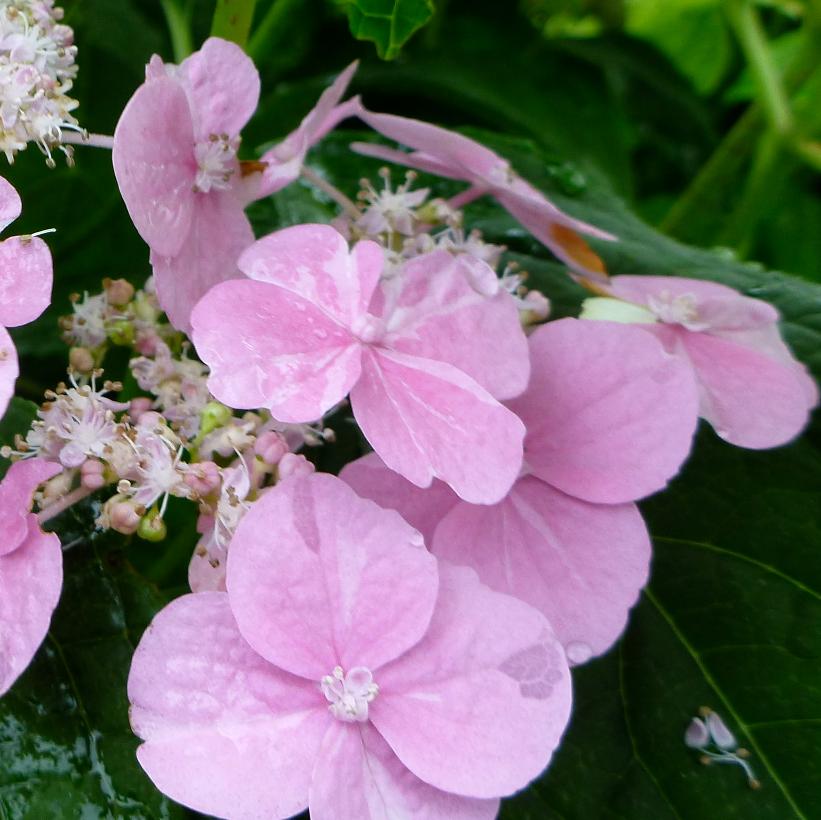
Post a Comment for " Pink Hydrangea Varieties That Will Make Your Garden Bloom"